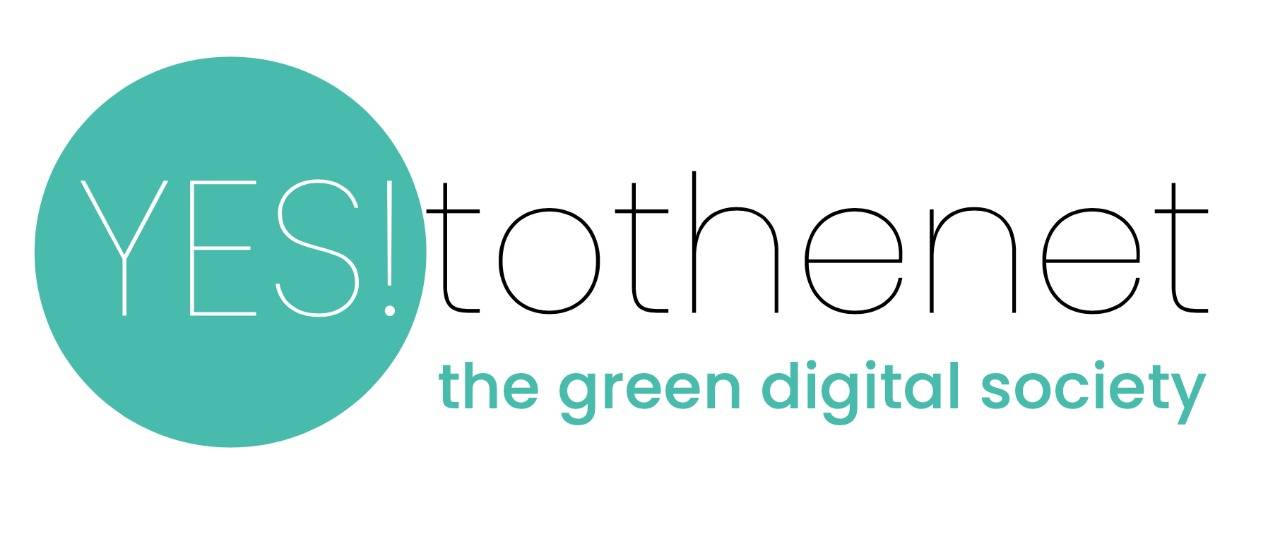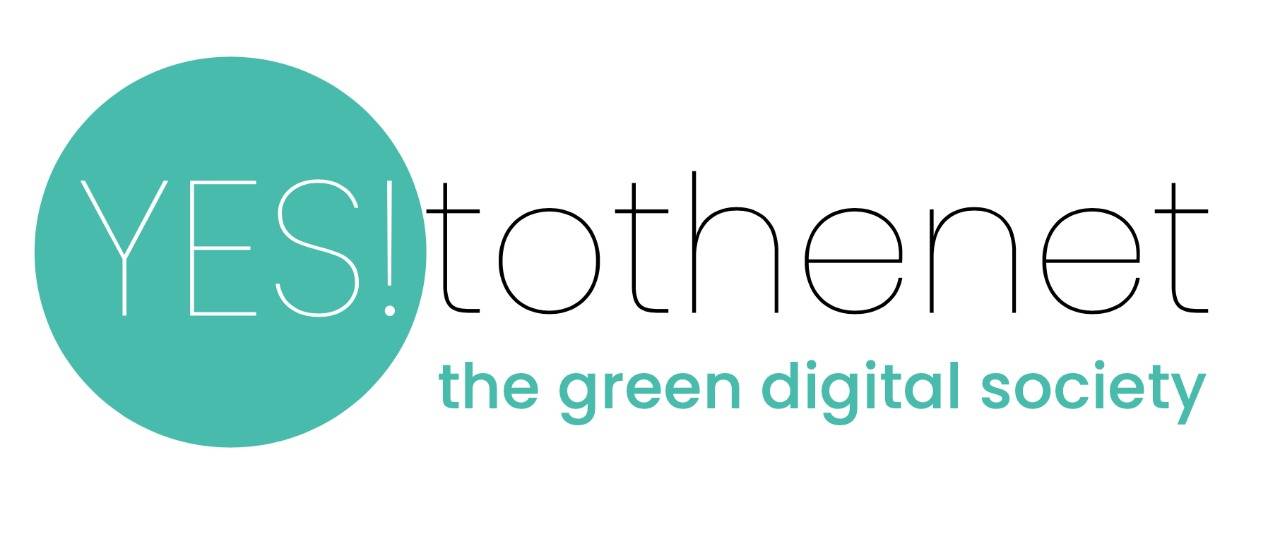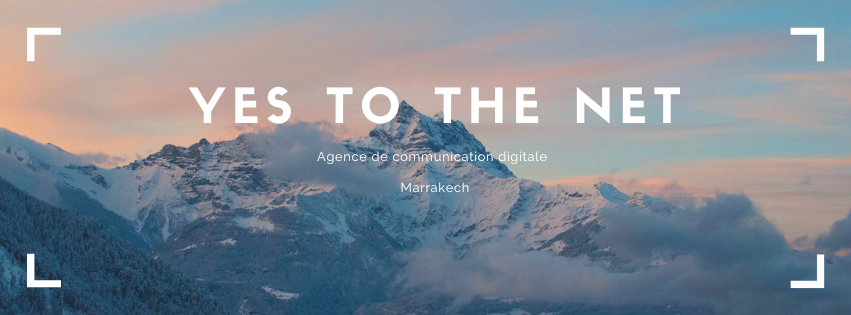Practices for social media management
Best Practices for Social Media Management in Morocco
THE social networks have become an essential pillar of communication and marketing in MoroccoWith an increasingly connected population, statistics show an impressive penetration of social platforms. In 2023, more than 20 million Moroccans actively used social networks, or approximately 55% of the total population. Facebook remains the leader with a large user base, followed by Instagram, TikTok, and LinkedIn. These platforms are not only places of entertainment, but also spaces where consumers discover brands, share their opinions, and make purchasing decisions.
L'influence of social networks on Moroccan consumers is undeniable. A recent study revealed that 70% of Moroccan users consult online reviews and recommendations on social media before making a purchase. For businesses, these platforms offer a unique opportunity to connect directly with their target audience, build their brand image, and engage in authentic conversations with their customers. Whether for large companies or small startups, an effective presence on social media social networks can significantly boost their visibility and growth.
Blog Objectives
The purpose of this blog is twofold. First, it aims to highlight theimportance of good social media management in the Moroccan context. Effective management is not limited to regularly publishing content, but involves a well-thought-out strategy that takes into account the cultural and behavioral specificities of Moroccan users. Second, this blog aims to present the best practices to optimize this management, providing practical advice and strategies adapted to the reality of the Moroccan market.
By adopting these best practices, Moroccan businesses will not only be able to strengthen their online presence, but also create more meaningful interactions and build lasting customer loyalty. This blog is aimed at all professionals in the digital marketing, community managers, and entrepreneurs wishing to maximize the impact of their efforts on social networks.
I. Understanding the social media landscape in Morocco
1. The most popular platforms
Facebook, Instagram, TikTok, LinkedIn, Twitter, YouTube
In Morocco, the social networks play a crucial role in the daily lives of users and in the marketing strategy of companies. The most popular platforms are:
- Facebook With over 15 million active users, Facebook remains the most widely used platform in Morocco. It is particularly popular for its ability to reach a wide and diverse audience, facilitating communication between brands and consumers.
- Instagram : Instagram is growing rapidly and attracts a primarily young, urban audience. Its visual and interactive features, such as Stories and Reels, make it a powerful tool for visual marketing and storytelling.
- TikTok This platform has experienced exponential growth in Morocco, especially among younger generations. TikTok is ideal for creative and viral content, offering brands an opportunity to reach a dynamic and engaged audience.
- LinkedIn : Although less popular in terms of user numbers, LinkedIn is essential for professional networking and B2B. Moroccan companies use it for recruiting, networking, and sharing professional content.
- Twitter : Used primarily for news and real-time discussions, Twitter is popular with journalists, influencers, and marketers to track trends and quickly engage with their audiences.
- YouTube : This video platform is essential for long-form content and video campaigns. YouTube is widely used for tutorials, webinars, and promotional videos.
Evolution and trends in use
The evolution of social networks in Morocco shows a diversification of uses and rapid adoption of new features offered by these platforms. Current trends include an increase in the consumption of short videos, a preference for interactive and ephemeral content, and a growing use of social networks for online commerce (social commerce). Moroccan brands must stay abreast of these trends to adapt their strategies and capture the attention of their target audience.
2. User demographics
Age, gender, geographic location
The demographics of users of social networks in Morocco is diverse and varied:
- Age Young people (18-34 years old) are the most active on social media, representing approximately 60% of users. However, older age groups also show notable growth, particularly on Facebook and LinkedIn.
- Sex : Social media usage is relatively balanced between men and women, although some platforms like Instagram and TikTok attract a slightly more female audience.
- Geographic location : Large cities such as Casablanca, Rabat, Marrakech, and Tangier have the largest number of users. However, the use of social networks is increasingly spreading in rural areas, thanks to improved internet access.
Behavior and preferences of Moroccan users
THE Moroccan users have specific behaviors and preferences on social networks:
- Content consumption Videos, especially short-form videos on TikTok and Instagram Stories, are very popular. Users also appreciate educational and informative content, such as tutorials on YouTube.
- Interaction Moroccans are highly engaged on social media, actively participating through comments, likes, and shares. They are also receptive to online surveys and contests.
- Online shopping : More and more Moroccans are using social media to discover and purchase products. Businesses are taking advantage of integrated shopping features on Instagram and Facebook to facilitate transactions.
By understanding these aspects of the landscape of social networks in Morocco, companies can develop more effective strategies adapted to the specificities of their target audience.
II. Effective Content Strategies
1. Creation of localized content
There content creation located is essential for engaging Moroccan audiences authentically. Using Darija (Moroccan Arabic) and Classical Arabic in your posts allows you to speak directly to your audience in a language they are familiar with, strengthening the emotional connection. Additionally, incorporating Moroccan cultural and festive references, such as Eid, Ramadan, or traditional events like moussems (local festivals), demonstrates that you understand and respect the local culture, which can significantly increase audience engagement and loyalty.
2. Types of content to prioritize
To captivate your audience, diversify the types of content you offer:
- Visuals : Photos, videos and infographics are visually appealing formats that easily capture attention and are often shared, increasing the reach of your message.
- Interactive content : Polls, quizzes, and Q&A sessions invite your audience to interact directly with your content, increasing engagement and time spent on your page.
- Inspiring stories and local testimonies : Sharing success stories or testimonials from local customers reinforces the authenticity of your brand and can inspire and motivate your audience.
3. Editorial calendar
A well-structured editorial calendar is crucial to maintaining an active and consistent presence on social networksPosting frequency should be tailored to each platform (e.g., daily on Instagram and several times a week on Facebook). It's also important to schedule your posts around national events and holidays to stay relevant and capture your audience's attention during key times of the year. This strategic planning not only maximizes the impact of each post, but also helps maintain a steady stream of content that engages and retains your audience.
III. Engagement and interaction with the community
1. Respond to comments and messages
Responding quickly and personally to comments and messages is essential to maintaining a positive relationship with your community. Here are some key strategies:
- Speed : Try to respond to comments and messages within 24 hours. A quick response shows that you are attentive and value interaction with your followers.
- Personalization : Use the person's first name when possible and tailor your response to the nature of the comment or message. Avoid generic responses and show that you have taken the time to read and understand the question or comment.
2. Organization of competitions and giveaways
Contests and giveaways are great ways to engage your community and attract new followers. To run these events effectively:
- Local regulations : Make sure you comply with Moroccan laws and regulations regarding contests and lotteries. Clearly inform participants of the rules, conditions of participation, and winner selection criteria.
- Best practices : Offer attractive and relevant prizes for your audience. Use clear calls to action to encourage participation, such as tagging friends, sharing a post, or using a specific hashtag.
3. Collaborations with Moroccan influencers
Working with influencers can amplify your reach and build credibility. To maximize the impact of these collaborations:
- Selecting relevant influencers : Choose influencers whose values and audience align with your brand. Analyze their engagement rate, the quality of their content, and their actual influence on their audience.
- Types of Effective Collaborations : Vary collaboration formats, such as account takeovers, content co-creations, product promotions, or live events. Ensure the collaboration is authentic and mutually beneficial.
By following these strategies, you can create an interactive and engaging environment that builds loyalty in your community and attracts new members, while strengthening your brand image.
IV. Use of social media management tools
1. Scheduling and publishing tools
There effective social media management requires the use of scheduling and publishing tools to organize and automate your content. Here are some popular options:
- Hootsuite : Hootsuite is a versatile tool that allows you to schedule and publish content across multiple social media platforms. It also offers mention monitoring and community management features, making it easy to respond to comments and messages.
- Buffer Buffer is another great option for scheduling and publishing content. It lets you manage multiple social media accounts from a single interface and offers analytics to track the performance of your posts.
These tools help you maintain a consistent social media presence, save time, and optimize your content strategy.
2. Performance analysis and monitoring
Analyzing and tracking performance is essential to understanding the effectiveness of your social media efforts and adjusting your strategy accordingly. Here's how to take advantage of available analytics tools:
- Facebook Insights : This Facebook-integrated tool allows you to track the performance of your posts, analyze audience engagement, and understand demographic trends among your followers. Use it to identify the types of content that perform best and adjust your editorial calendar.
- Instagram Analytics : Instagram offers similar analytics tools, allowing you to track impressions, interactions, and audience growth. These insights are valuable for understanding which types of posts generate the most engagement.
Key Performance Indicators (KPIs) to track
To effectively measure your social media performance, track these key performance indicators (KPIs):
- Engagement rate : Engagement rate is calculated by dividing the total number of interactions (likes, comments, shares) by the number of posts and multiplying by 100. A high engagement rate indicates that your content is resonating well with your audience.
- Audience growth : Track your follower count on each platform. Steady growth indicates that your content strategy is attracting and retaining new users.
- Scope and Impressions : Reach measures the number of unique people who saw your content, while impressions count the total number of times your content was viewed. These metrics help you understand the visibility of your posts.
- Click-through rate (CTR) : CTR is the number of clicks on a link in your post divided by the total number of views. It allows you to measure the effectiveness of your calls to action.
By using these tools and tracking these KPIs, you can refine your social media strategy, improve audience engagement, and maximize the impact of your marketing efforts.
VI. Crisis management and online reputation
1. Crisis management preparation
Establish a crisis management plan
Having a well-developed crisis management plan is crucial to effectively respond to unforeseen situations that could damage your company's reputation. This plan should include:
- Risk identification : Anticipate possible types of crises, whether customer complaints, false information spread online, or internal problems made public.
- Dedicated team : Establish a crisis management team with clearly defined roles. This team should include representatives from communications, customer service, and management.
- Procedures and protocols : Establish clear procedures for situation assessment, rapid decision-making, and internal and external communication.
- Communication channels : Define the communication channels to be used to disseminate official information and to respond to stakeholders.
React quickly and effectively
A rapid and effective response is essential to limit the damage of a crisis:
- Fact Check : Before reacting, make sure you have all the necessary facts to avoid spreading incorrect information.
- Transparent communication : Quickly inform your audience of the situation with transparency and honesty. Explain the steps taken to resolve the problem.
- Empathetic messages : Show empathy and understanding for the concerns of affected customers. A human and authentic tone can help ease tensions.
- Constant monitoring : Continue to monitor the situation and communicate regularly until the crisis is resolved.
2. Online reputation monitoring
Using tools to monitor mentions and reviews
Continuously monitoring what's being said about your brand online is crucial to maintaining a good reputation. Use monitoring tools to stay informed:
- Google Alerts : Set up alerts to be notified when your business is mentioned online.
- Hootsuite, Mention, and Brandwatch : These tools allow you to monitor mentions of your brand on social media, blogs, and forums. They help you detect potential problems before they escalate.
- Customer review platforms : Monitor reviews on platforms like TripAdvisor, Yelp, or Google Reviews to understand customer sentiments and respond to comments.
Strategies to Improve and Maintain a Good Reputation
Maintaining a good online reputation requires ongoing efforts:
- Proactive engagement : Engage regularly with your audience by responding to comments and messages, thanking customers for their positive reviews, and addressing negative reviews promptly.
- Positive content : Regularly publish positive and informative content to improve your brand image. Share testimonials from satisfied customers, case studies, and success stories.
- Review management : Encourage your satisfied customers to leave positive reviews online and handle negative reviews courteously and professionally. Offer solutions to any issues raised and show that you take criticism seriously.
- Transparency and honesty : Be transparent in your communications, especially when problems arise. Admitting your mistakes and showing corrective actions builds trust with your audience.
By adopting these practices, you can not only manage crises effectively, but also build and maintain a positive reputation over the long term.
Conclusion
There social media management is a complex but essential task for Moroccan businesses wishing to thrive in an ever-changing digital environment. To recap:
- Importance of adaptation to the local context Using Darija and Classical Arabic, incorporating Moroccan cultural and festive references, and understanding local demographics are key to creating relevant and engaging content. Businesses must adjust their strategies to reflect the specific values and preferences of their Moroccan audience.
- Value of proactive and strategic social media management : Taking a proactive approach by using management tools to schedule, publish, and analyze content helps maintain a consistent and effective social media presence. Responding quickly and personally to interactions, organizing contests, collaborating with local influencers, and continuously monitoring online reputation are essential practices for building community loyalty and managing crises effectively.
Don't wait any longer, start optimizing your social media presence today to achieve your business goals and strengthen your brand.
Contact our communications agency.



